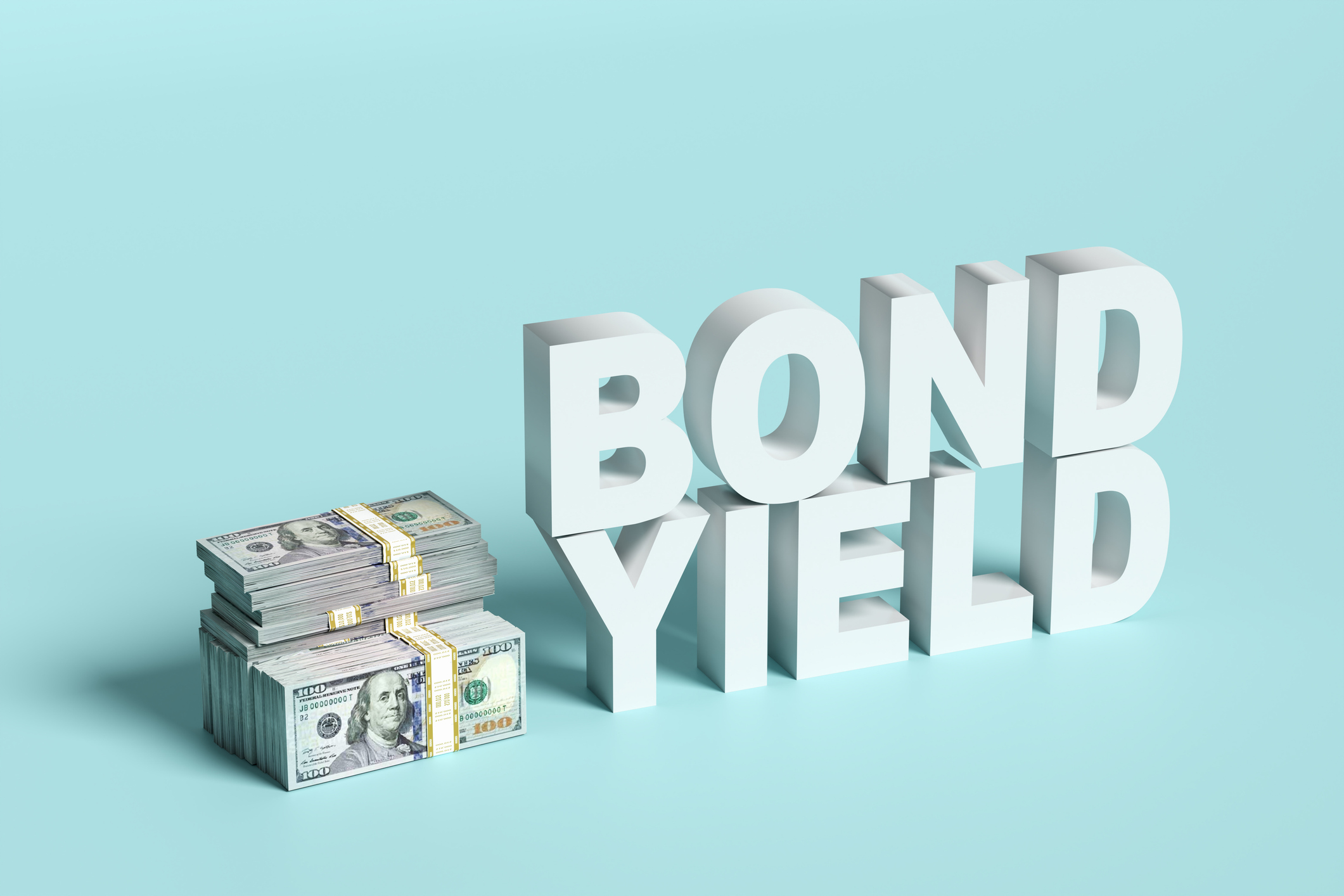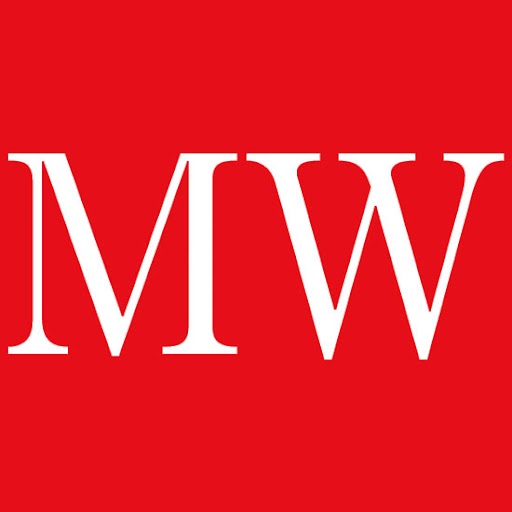The risk premium is the difference between the highest risk-free return available (generally that from government bonds) and the rate of return investors expect from another asset over the same period.
Investors demand high returns for higher risks so they will therefore expect to make more out of holding volatile equities than more stable bonds, for example. If government bonds are returning 3% after inflation and the real return on equities is 8%, investors in equities are earning a 5% equity risk premium.
During a bull market investors begin to feel that equities are less risky than they have been in the past. The risk premium and hence the yield that they demanded from equities shrinks as a result, and this in turn is one explanation for the rise in share prices. (In theory, if bonds return 3% and equities 8% but the risk premium falls to 3% from 5%, equity prices will rise until equities yield only 6%.)
MoneyWeek
Subscribe to MoneyWeek today and get your first six magazine issues absolutely FREE

Sign up to Money Morning
Don't miss the latest investment and personal finances news, market analysis, plus money-saving tips with our free twice-daily newsletter
Don't miss the latest investment and personal finances news, market analysis, plus money-saving tips with our free twice-daily newsletter
However, the fall in risk premium eventually ends as new risk factors like deflation, corporate mismanagement, terrorism, and political instability increasingly concern investors and push prices down.
Get the latest financial news, insights and expert analysis from our award-winning MoneyWeek team, to help you understand what really matters when it comes to your finances.
MoneyWeek is written by a team of experienced and award-winning journalists, plus expert columnists. As well as daily digital news and features, MoneyWeek also publishes a weekly magazine, covering investing and personal finance. From share tips, pensions, gold to practical investment tips - we provide a round-up to help you make money and keep it.
-
 The shape of yields to come
The shape of yields to comeCentral banks are likely to buy up short-term bonds to keep debt costs down for governments
-
 The sad decline of investment clubs – and what comes next
The sad decline of investment clubs – and what comes nextOpinion Financial regulation and rising costs are killing off investment clubs that once used to be an enjoyable hobby, says David Prosser

